Despite the challenges of inflation and international competition, the Spanish textile industry maintains around 125,000-130,000 jobs and continues to contribute directly and indirectly to around 2.9% of GDP. Spain is shifting strongly towards high value-added products, technical textiles and taking advantage of shopping tourism .
Textile and garment exports from Vietnam to Spain in the past 5 years from 2020 - 2024 are as follows:
(Source: Vietnam Customs; Unit: million USD)
2020 | 2021 | 2022 | 2023 | 2024 |
285.13(-34.2%)
| 302.80(6.2%) | 416.18(37.3%) | 542.81(30.4%) | 607.74(12.0%) |
After the Covid-19 pandemic, it can be seen that textile and garment export turnover to Spain has always grown steadily over the years. In the first 4 months of 2025, textile and garment export turnover to Spain reached 16.0%. This item will have a stronger growth rate in the last months of the 3rd and 4th quarters when Spain enters the summer tourist season, Christmas and New Year.
1. Consumer needs and tastes
Spanish consumers spend a significant portion of their income on textiles. According to a recent study on fashion consumer behavior, the average expenditure on fashion is around 574.36 euros per year. Consumer demand tends to increase during the festive season, Christmas, summer and major fashion events. During these times, the number of customers increases, and stores often organize promotions and discounts to attract buyers.
Consumers prefer products with high quality, diverse designs, and fashionable designs that match current trends. Products made from soft, breathable, colorfast materials such as organic cotton and merino wool are popular. Products that can be combined with many styles and used in many different situations are popular, for example: shirts that can be worn to work, go out or attend semi-formal events.
Demand for sustainable products is growing. Consumers are concerned about the origin of materials, manufacturing processes and the environmental impact of products. They want to buy products that are certified sustainable, made from recycled materials or organic.
Besides famous fashion brands in Spain such as Zara, Mango, Massimo Dutti,... which always attract a large number of customers, buyers are also interested in other international brands present in the market.
Below are survey data on current consumer tastes:
- Interest in fashion: 91% of consumers are interested in fashion (95% of women, 88% of men); the under 40 age group is more interested (93%) than the 40-65 age group (89%).
- The role of fashion in identity building: 95% believe that fashion plays a fundamental role in building personal identity; women value it more (97%) than men (93%); 77% believe that fashion has the power to challenge social stereotypes.
- Fashion inspiration: 77% choose clothes based on personal preferences; only 23% consider social media as the main guide; younger groups rely more on social media (men 18-28 years old: 32%, women: 38%).
- Size diversity issues: 84% believe clothing stores need to improve size diversity; 52% have had difficulty finding the right size; women have more difficulty than men (over 50% vs. 47%).
- Factors determining purchase decisions: product quality (61%); price (58%); design (46%).
Notable consumer trends include the following:
- Consumers demand information about sustainability but are passive, not proactive in seeking it out.
- 31% think sustainable products are too expensive, but want to support responsible brands.
- Online sales increased by 10.9%; low-cost platforms such as Shein and Temu took an increasingly large market share.
- “Made in Spain” products are increasingly appreciated.
- 44% do not know about sustainability regulations, 43% do not have information about textile industry laws.
2. Price fluctuations
Besides market supply and demand factors, factors that directly affect prices include:
- Raw material costs: prices of raw materials such as cotton and polyester fluctuate due to natural disasters, epidemics, and the world economic situation. For example, when there is a drought that reduces cotton productivity, cotton prices will increase.
- Production costs: include workers' wages, energy, equipment depreciation. As the standard of living increases, labor costs increase, leading to increased product prices.
- Transportation costs: transportation, customs, and fuel costs affect prices. If there is a fluctuation in fuel prices, transportation costs change, which in turn causes product prices to fluctuate.
- Inflation reduces purchasing power, businesses can increase prices to cover costs but can also reduce prices to stimulate demand.
Spain's consumer price index (CPI) in 2024 will increase by an average of 2.9%, lower than the 3.1% in 2023, with the clothing and footwear group experiencing notable fluctuations with an average increase of about 0.5 - 0.8% compared to the previous year. In general, textile and garment product prices in 2024 will maintain an upward trend but at a significantly lower level than the general inflation of the economy, reflecting fierce competition in the industry and businesses' efforts to control costs.
3. Development trends of textile products
- New materials: functional fabrics such as sunscreen, waterproof, breathable, dynamic, smart fabrics with temperature regulation capabilities are increasingly popular, for example: sportswear made from these new materials helps the wearer feel comfortable when exercising.
- Personalized design: consumers want to own unique products that express their personality. Businesses focus on personalized product design, using 3D printing and embroidery technology to meet this need.
- Unisex products: unisex fashion trends are growing, breaking gender boundaries in clothing. Unisex products meet the needs of both men and women, saving production and marketing costs.
- E-commerce: continues to grow strongly, accounting for an increasing proportion of total sales. In 2024, online sales of clothing, leather goods and footwear in Spain will reach around 6.54 billion euros, up 11% from 5.89 billion euros in 2023. Online channels continue to offer a wide selection of products, competitive prices and maximum convenience for shoppers, while integrating new technologies such as virtual reality (VR) and augmented reality (AR) to enhance the shopping experience.
- Traditional retail channels: still play an important role but need to improve the shopping experience. Stores need to have beautiful display spaces, enthusiastic consulting staff, and organize fashion events.
- In production: applying automation technology, robots, information technology to improve production efficiency, reduce errors, lower costs, for example: automatic fabric cutting system, robotic sewing machine to increase productivity.
- In sales: use virtual reality (VR) and augmented reality (AR) technology so that customers can view 3D products and try on virtual items on mobile phones or computers before buying.
- Sustainable development trends of the textile industry specifically include:
- Sustainable materials: increase the use of recycled, organic, environmentally friendly materials, for example: use of recycled cotton, polyester from plastic bottles, wool raised according to sustainable standards.
- Production process: the enterprise implements measures to save energy, reduce waste and water in production; applies the ISO 14001 environmental management system.
- Circular economy: building a system to collect and recycle products after use. Some brands have implemented a program to collect old clothes to recycle into raw materials or new products.
INDITEX Group - the world's leading textile designer and manufacturer has set a target of reducing emissions by more than 50% by 2030, and achieving net zero emissions by 2040; in production: responsible water consumption management, proper waste disposal and safe use of chemical products; in distribution: including stopping the supply of plastic bags, reducing excess end-of-season inventory to less than 1% of total items sold, integrated warehouse management connecting production, distribution and sales.
Thus, the Spanish textile and garment industry is currently moving towards contributing to the implementation of a circular economy, reducing carbon emissions, optimizing costs and shortening delivery times, prioritizing investment in developing products with higher quality and durability, ensuring the environmental sustainability of products in all stages, from production, circulation to consumption.
Source: Vietnam Trade Office in Spain
Source: https://moit.gov.vn/tin-tuc/thi-truong-nuoc-ngoai/thi-truong-san-pham-det-may-tai-tay-ban-nha-thuc-trang-va-xu-huong.html















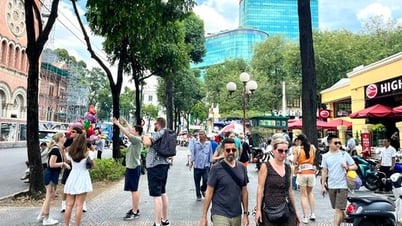




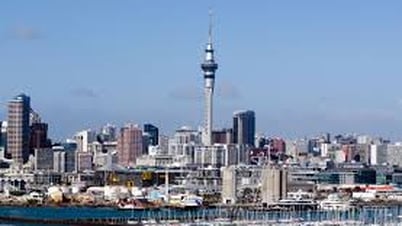
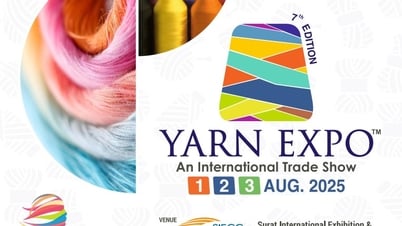



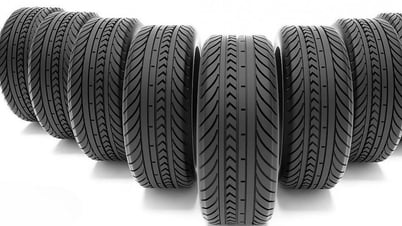

































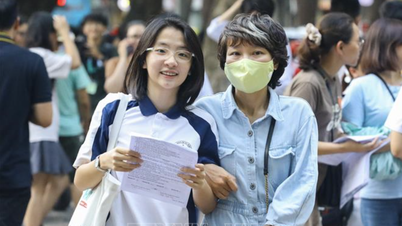
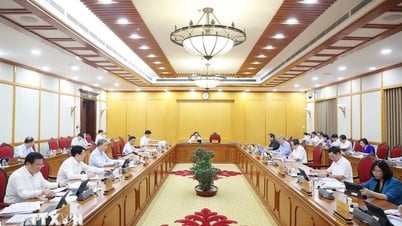









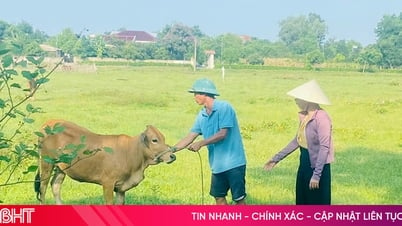











![[OCOP REVIEW] Tu Duyen Syrup - The essence of herbs from the mountains and forests of Nhu Thanh](https://vphoto.vietnam.vn/thumb/402x226/vietnam/resource/IMAGE/2025/6/5/58ca32fce4ec44039e444fbfae7e75ec)



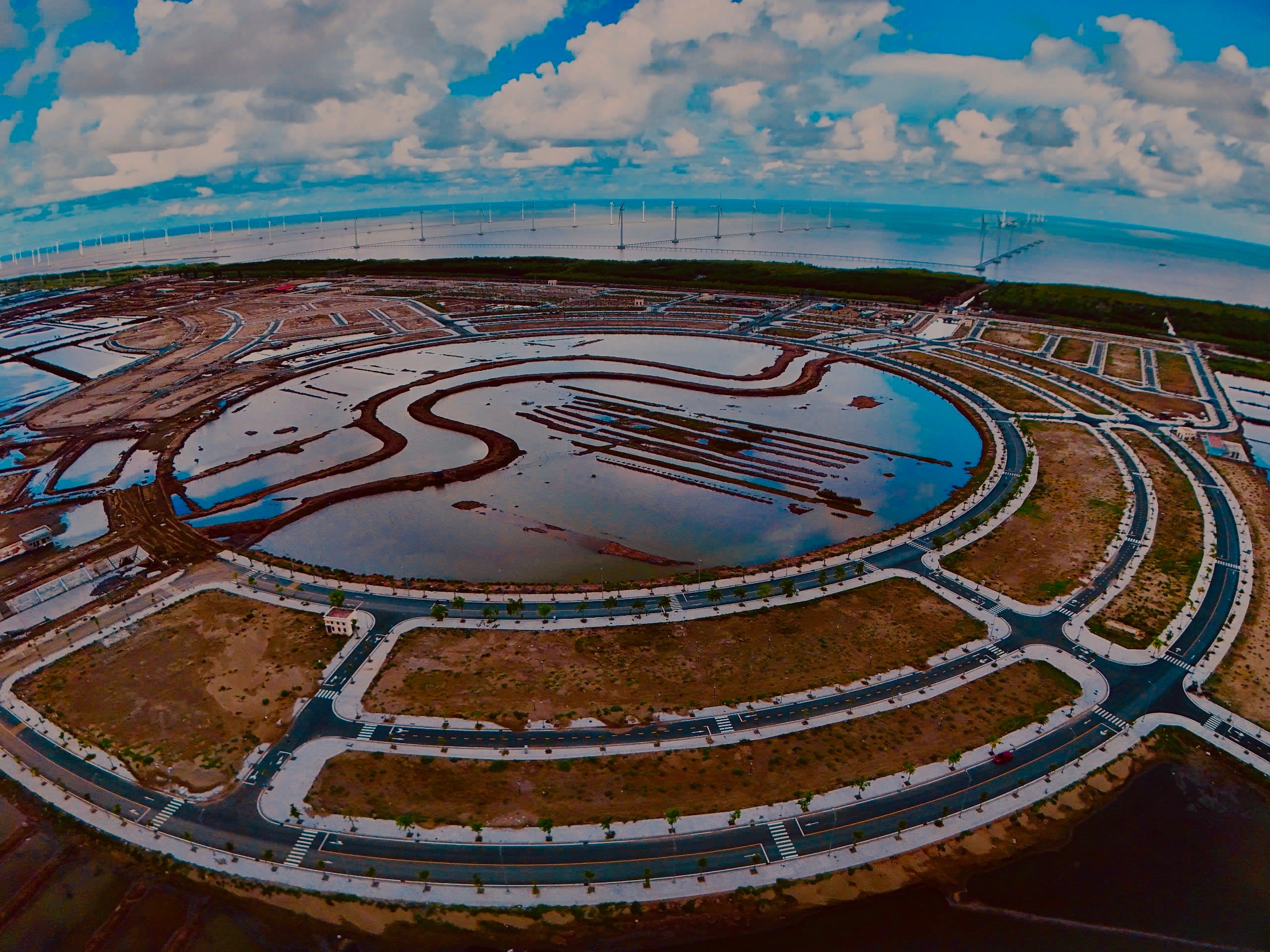
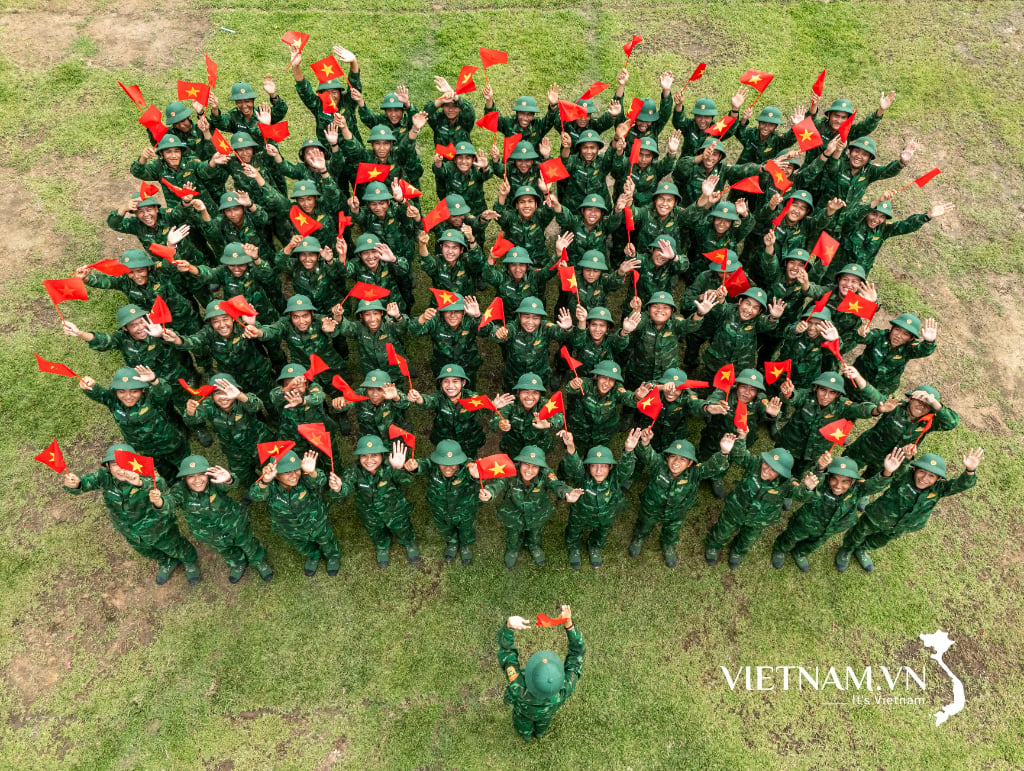
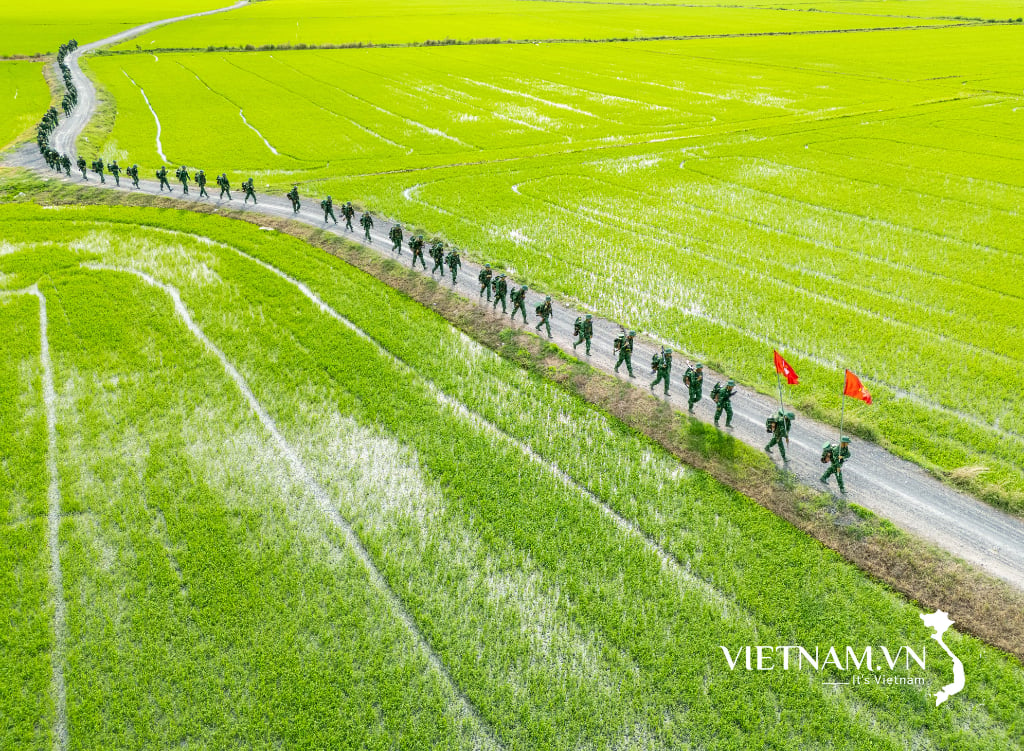

Comment (0)